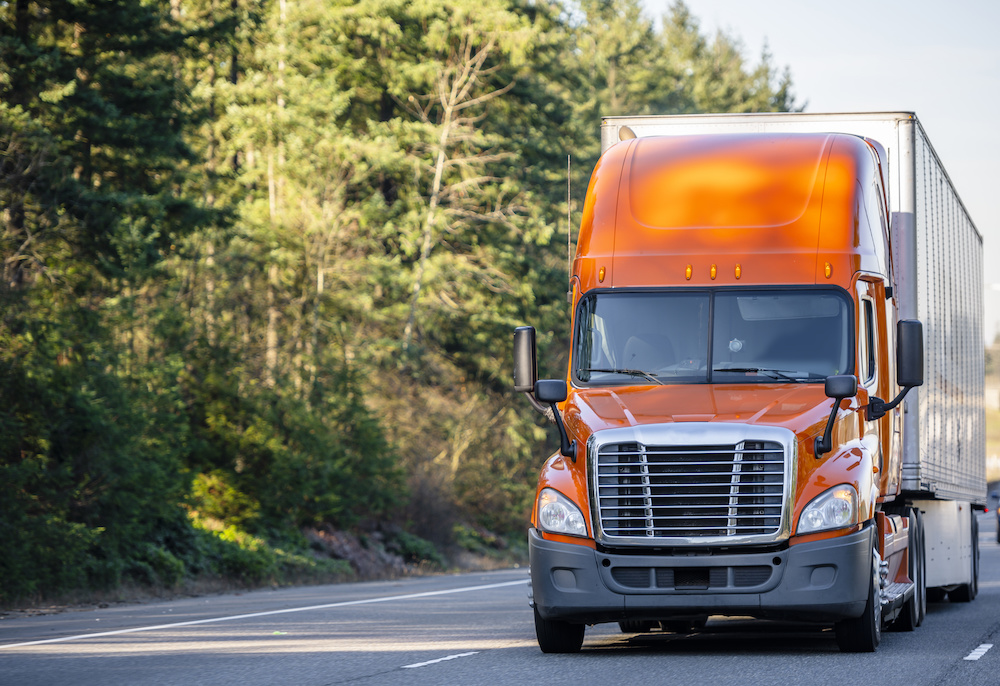Truck drivers are on the roads a lot, of course, and they use GPS (as we all do) to get around. There are also stories about trucks hitting bridges if they don’t have enough clearance. So, how are the two related? At first glance, they might not seem to be connected. However, there could be a connection. Here’s how that works and some tips for avoiding bridge strikes.
Why are bridge strikes such a concern?
It is the thought of the FMCSA that the instances of trucks hitting bridges could mean that some drivers of commercial vehicles may have used navigation systems that were meant for passenger cars. This is worth noting because navigation systems meant for commercial drivers can give important, helpful information on route restrictions – like a bridge that could cause problems. The agency is working on that, though, by working with State and industry partners on the issue. So, that’s how GPS and bridge strikes are connected.
5 tips for the use of GPS systems.
1. Choose your electronic navigation system carefully.
As we explained above, it’s important to have the right electronic navigation system. That means you need one that is meant for drivers of commercial vehicles, like trucks and buses. Getting from Point A to Point B can be stressful, but having the proper tools can help. Bottom line: make sure your GPS is meant for trucks.
2. Set everything up before the trip.
You’ve also got to make sure everything is all entered and set up. You need to type in all the important information about your vehicle. That way, the system can give you the right route for your truck. (Which can help you have a far more uneventful trip.)
3. Pay attention to signs.
You should follow the route that’s suggested by your GPS or navigation system. But that doesn’t mean you shouldn’t pay attention to the signs and warnings that are on the roadside. Be aware of signs about low bridges and axle weight limits. Also, look out for detours and variable message signs. Pay attention to warnings and signs – GPS is good, but it’s not perfect.
4. Don’t drive distracted.
In the interest of safety it’s also important not to drive distracted. That includes not entering information or addresses into your navigation system while you’re driving. You can pull over safely in order to enter the information. That way you’re not trying to multi-task.
5. Make sure you’re using current route information.
Things change, and that includes roads. When you’re driving, you need the most updated intel. If your navigation system doesn’t update automatically, make sure you get updates so you’re working with the most current information. Planning your route requires the best details.
So, GPS and bridge strikes could very well be related. It’s important to use a GPS that’s designed for commercial vehicles. This can help you plan your route properly so you don’t encounter any surprise bridges. So, make sure you take care with your navigation system and look for any relevant signs to give you.
It’s also really important to have the right insurance to protect your trucking business from the risks you face. Our team can help with that. We like to help people save money on your insurance. You can get started with your quotes by filling out our online form, giving us a call, or messaging us. We like making insurance easy.



